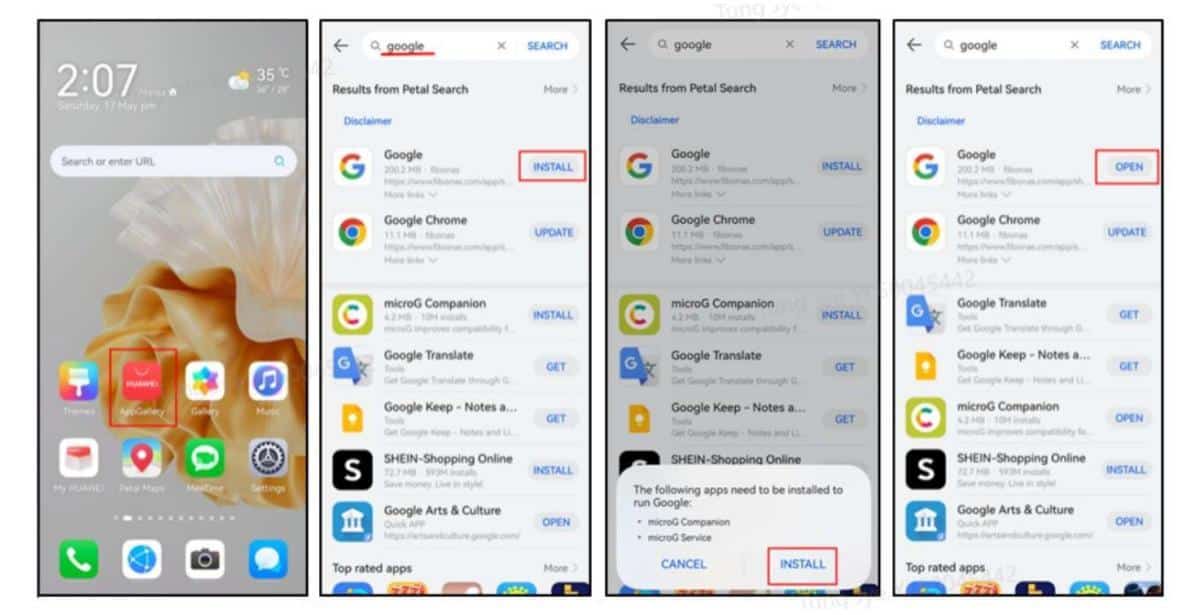Well-prepared equipment may save time, increase productivity, and extend its overall lifespan. Whether you use a smartphone, tablet, or laptop, basic setup and continual maintenance may make a significant impact. By concentrating on performance, storage, battery life, and security, you can guarantee that your smartphone functions properly for both personal and business purposes. Many people ignore important settings, but improving them early can help minimize slowdowns and irritation later. With a few clever modifications and regular behaviors, your smartphone can provide speed, efficiency, and safety every day. Let’s look at some practical strategies to make your gadget as helpful as possible.
How to Set Up Your Device for Peak Performance
Adjust Essential Settings for Speed and Efficiency
The first step toward top performance is to configure important system options. Begin by turning off unneeded background programs that use resources. Check for system updates to verify your device is running the most recent software, which frequently fixes issues and improves performance. To save processing power, adjust the screen brightness and timeout settings. Use the built-in performance modes or battery optimization tools included on most smartphones. If you have widgets, keep them to the ones you actually need. Streamlined settings decrease latency while keeping the machine snappy. Making these little changes guarantees that your gadget performs smoothly and efficiently every time you use it.
Customize Home Screen and Notifications
A crowded home screen slows navigation and detracts from vital activities. Organize programs into folders depending on their usage, and prioritize your most often used tools. To create a more organized layout, remove icons that are seldom used. Next, check your notification settings. Turn off notifications from non-essential applications to decrease distractions and conserve battery life. Keep only important reminders like emails, calendar events, and security alerts. Customizing the home screen and notification panel allows you to quickly access the most important information. This approach not only saves time but also allows you to remain focused when using your smartphone.
Optimize Storage and Battery Life
Devices slow down when storage is full, thus frequent cleansing is essential. Delete unneeded programs, clean cached data, and transfer huge files to external disks or online storage. Enable the built-in storage management tools to highlight unneeded files. To maintain battery health, modify power-saving settings and disable Wi-Fi, Bluetooth, and GPS when not in use. Lowering the screen brightness and choosing dark mode also saves electricity. Keep an eye out for background programs that suck resources surreptitiously. By managing storage sensibly and ensuring battery efficiency, your device will operate quickly, last longer between charges, and provide consistent performance throughout the day.

Best Practices to Keep Your Device Useful Long-Term
Regular Maintenance and Updates
Consistent maintenance improves device performance over time. Schedule automatic updates to ensure your system receives new features, bug fixes, and security patches. Restart your device at least once a week to remove temporary files and refresh memory. To prevent dust damage, clean exterior elements such as the screen, keyboard, and casing. Use antivirus scans, if available, to detect potential threats. Check the health of your storage and battery on a regular basis to identify problems early. These minor behaviors help to avoid unwanted slowdowns and keep your device steady. Regular maintenance extends its useful life and prevents expensive repairs or premature replacements.
Use Cloud Services and Sync Features
Cloud storage is a secure and simple solution to free up local storage while keeping information available from any device. Documents, images, and videos may be stored using services such as Google Drive or OneDrive without taking up your device’s internal capacity. Sync functions are especially useful in automatically updating contacts, calendars, and notes across many devices. This guarantees that you never lose critical data, even if the device is lost or destroyed. Cloud backups make recovery easier and protect against unforeseen failures. By using cloud services and syncing, you can keep your storage organized and access your important files whenever and wherever you need them.
Stay Safe with Security and Privacy Settings
Security settings safeguard both personal information and device performance. To prevent unwanted access, set up a strong password, fingerprint, or facial recognition. Enable two-factor authentication for crucial accounts. Examine app permissions and deactivate those that seek unneeded information. Enable automated security updates to swiftly address issues. To keep your browsing secret, use a reliable VPN when using public Wi-Fi. Back up your data on a regular basis to ensure that you can recover in the event of theft or breakdown. These security measures do more than simply safeguard your device from attacks; they also maintain it stable and dependable, guaranteeing long-term use without unexpected disruptions or data loss.
Conclusion
Smart setup, continuous maintenance, and rigorous protection are all necessary for your gadget to be as helpful as possible. Adjusting performance settings, arranging your home screen, and managing storage all help to maintain everyday efficiency. Updates, cloud backups, and robust security measures all help to extend your device’s life and dependability. Huawei can’t use Google services, so users need to rely on alternative app stores and cloud tools. A little effort in the beginning saves countless hours of frustration afterward. When you develop habits for performance, safety, and organization, your gadget becomes a powerful and trustworthy tool. By doing these easy but efficient procedures, you can optimize your device’s capabilities and keep it functioning properly for years to come.
